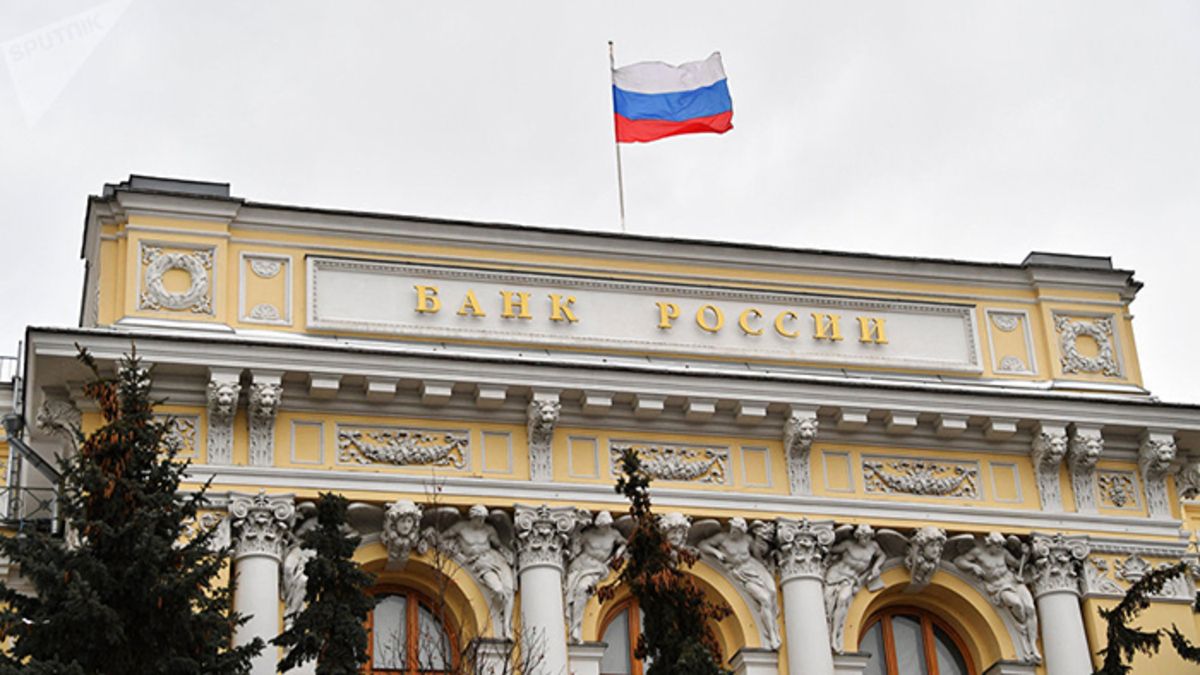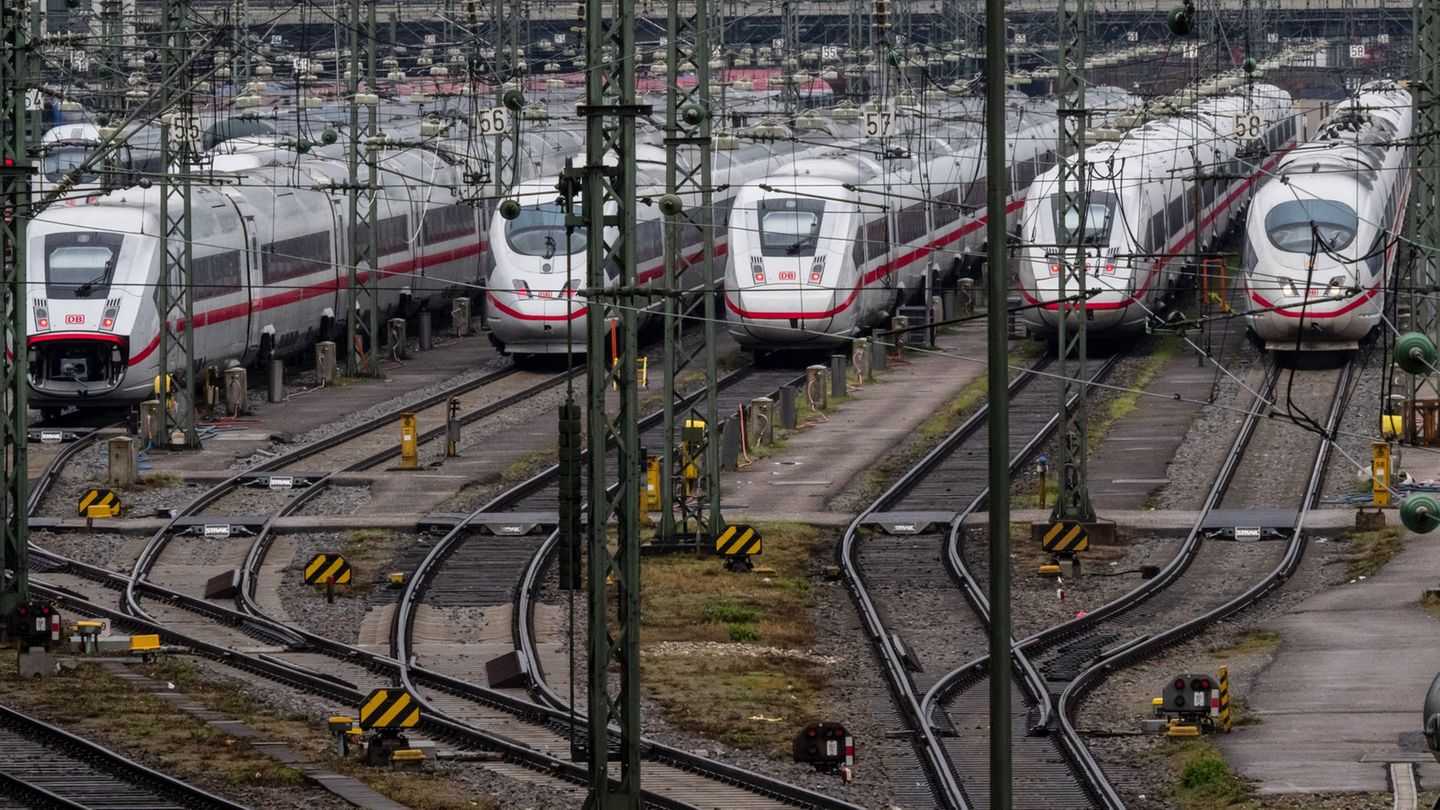These measures that will be implemented in the coming days are specifically aimed at blocking financing for the armed conflict started by Vladimir Putin and isolating it internationally, which will have a full impact on the economy. Despite its large number of reservations, this type of measure will block the will to prolong the conflict. Given the strong uncertainty of the impact it will have on finances, Russian citizens began to approach banks to withdraw money and the first rows are registered.
This was recorded by the journalist Jason Corcoran on your official account Twitter: “The Moscow bank run: a queue for a Tinkoff ATM in the Liga shopping center in Khimki. There are about 70 people in line. Eyewitnesses say that the money in the ATM runs out in 40 minutes.”
embedded
The Moscow bank run: a queue for a Tinkoff ATM in the Liga shopping center in Khimki. There are about 70 people online. Eyewitnesses say the money in the ATM runs out within 40 minutes. @bazabazon pic.twitter.com/MTMkEiCRHJ
— Jason Corcoran (@jason_corcoran) February 27, 2022
This measure began for now with some “selected Russian banks” and is the harshest sanction imposed on Moscow after the invasion of Ukraine. The disconnection for now will not be total since it is sought to continue allowing the payment of certain products. Banning it completely from the SWIFT payment network will prevent, for example, transferring the benefits of energy production, which account for more than 40% of the country’s income.
When fully implemented, this measure would cause Russian export commodities such as oil, gas, coal or metals to be frozen, as well as the foreign assets of the Russian state and Russian oligarchs. In addition to practically blocking international trade and transactions, it would leave Russian banks without access to dollars and euros. The countries were hesitant to apply it because it could also have considerable repercussions on the international financial system, but finally they chose to start implementing it with some banks.
This is an additional punishment because the Russian Central Bank has reserves of US$600 billion that will not be freely available abroad. Thus, assets will be frozen to make it impossible to convert them into liquid resources with which to finance the war.
What is the alternative for the Russian Central Bank?
In the last few hours, Elvira Nabiullina, President of the Central Bank of Russia, assured that Russia has “the necessary resources and the necessary tools to maintain financial stability.” However, tomorrow will be a key day to resist the impacts of the measures.
A country’s central bank can intervene to prevent a collapse by using its reserves – in the form of gold and foreign exchange – to buy its own currency on the foreign exchange markets. This can prevent the price of the ruble from falling further.
With the uncertainty and fear in the financial markets about the Russian invasion, the significant restrictions on the flow of capital to Russia and the freezing of the Bank of Russia’s foreign exchange reserves, nothing stands in the way of a collapse of the ruble. On Monday, when the foreign exchange markets open, everyone will sell rubles and no one, including the Bank of Russia, will buy them.
Bank runs would inflict great damage on the Russian financial system. The scarcity of crucial imports and the inability to pay for them would cripple domestic production. Without the ability to finance growing deficits, the Russian government could resort to printing money, causing hyperinflation like the one that occurred in Germany in the Weimar Republic.
Source: Ambito
David William is a talented author who has made a name for himself in the world of writing. He is a professional author who writes on a wide range of topics, from general interest to opinion news. David is currently working as a writer at 24 hours worlds where he brings his unique perspective and in-depth research to his articles, making them both informative and engaging.




